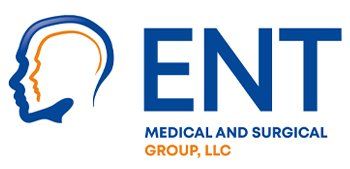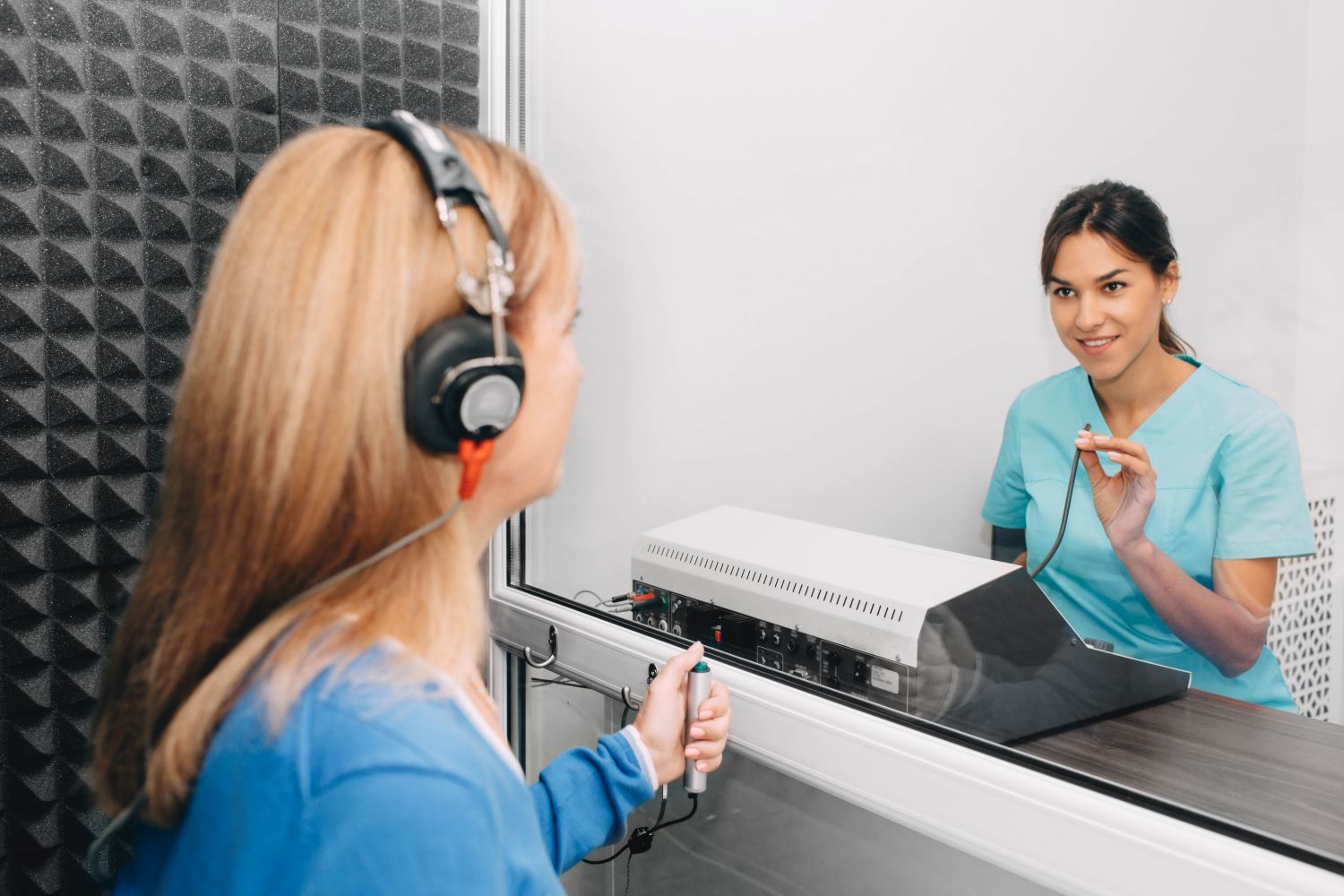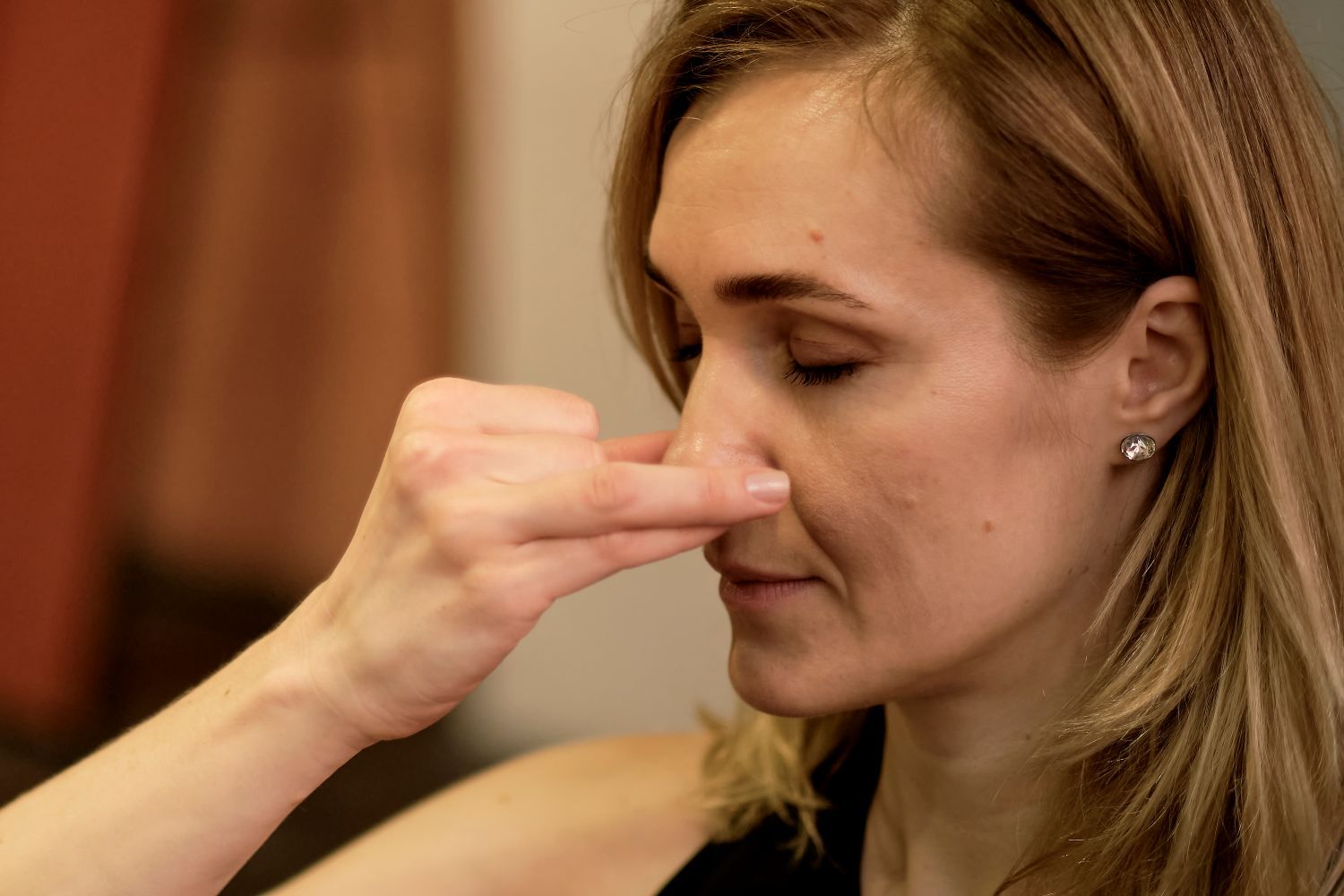The Benefits of Functional Endoscopic Sinus Surgery
When conservative treatments fail to provide relief from sinusitis, surgical intervention may be considered. One of the most effective and commonly performed procedures for chronic sinusitis is Functional Endoscopic Sinus Surgery (FESS). This minimally invasive surgical technique offers several benefits to patients with chronic sinus issues.
Keep reading to learn the advantages of FESS and why it may be the right choice for you.
Who Needs FESS?
Healthcare professionals consider FESS if other treatment options, like medication and nasal sprays, haven't provided adequate relief. Ideal candidates for FESS include the following:
● Individuals with chronic sinusitis (symptoms lasting longer than 12 weeks despite treatment)
● Patients with recurring acute sinusitis (frequent sinus infections)
● People with nasal polyps (noncancerous growths in the sinuses or nasal passages)
● Individuals experiencing facial pain or pressure due to sinusitis
The Benefits of FESS
FESS offers these advantages:
Minimally Invasive
Unlike traditional open surgery, FESS does not require external incisions. Instead, the surgery uses an endoscope, a thin, flexible tube with a camera and light attached. This allows the surgeon to visualize and access the sinuses through the nostrils, minimizing trauma to the surrounding tissues. As a result, you experience less pain, reduced scarring, and a faster recovery time compared to open surgery.
Improved Quality of Life
Chronic sinusitis can significantly impact a person's quality of life, causing symptoms such as nasal congestion, facial pain, headaches, and difficulty breathing. By addressing the underlying issues causing these symptoms, FESS can dramatically improve the quality of life. Patients who undergo FESS experience reduced sinus-related symptoms, improved sleep quality, and overall physical and emotional well-being.
Long-Lasting Results
FESS aims to address the problem's root cause, unlike other treatments for chronic sinusitis that provide only temporary relief. By removing the blockages and improving the drainage of the sinuses, FESS can provide patients with lasting relief from their symptoms. While some patients may require additional treatments or surgeries in the future, many find that the benefits of FESS last for years. This allows them to enjoy a better quality of life without the constant burden of sinus problems.
Preservation of Normal Anatomy
FESS removes only the diseased or obstructive tissue while preserving the healthy surrounding structures. This helps maintain the sinuses' natural function and reduces the risk of complications such as scarring and altered nasal airflow. As a result, patients are more likely to experience a quicker recovery and better long-term outcomes.
Reduced Risk of Complications
Due to its less invasive nature and preservation of normal anatomy, FESS carries a lower risk of complications than traditional sinus surgery. Some potential complications of sinus surgery include bleeding, infection, and damage to surrounding structures such as the eyes or brain. FESS significantly reduces the risk of these complications, making it a safer option for many patients.
At ENT Medical and Surgical Group, our experienced ENT surgeons specialize in Functional Endoscopic Sinus Surgery (FESS) to treat patients in New Haven, North Haven, Westbrook, and Branford, Connecticut. We help you breathe easier and improve your quality of life today through our cutting-edge techniques. Schedule a consultation to start your path to lasting sinus relief!













